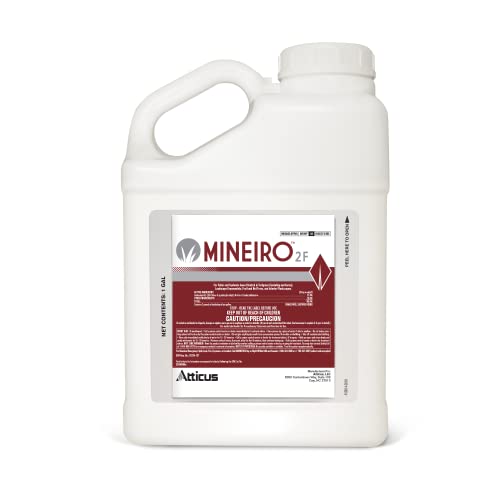Vine weevils and grubs are troublesome creatures that harm your plants and kill the vegetation. The adults attack the foliage while the larvae feed off the plant roots. Are your plants infested with vine weevil grubs? Are you planning to drown them in water, thinking they may die from drowning? We found the answers to your questions.
One of the best ways to get rid of vine weevil grubs is to submerge the lower part of the plant into the water.
Are submerging grubs enough to kill them? Are your plants safe after drowning them? What are the other ways to get rid of vine weevil grubs? Let's proceed to the main discussion for further information.
Can You Kill Vine Weevil Grubs Through Drowning?
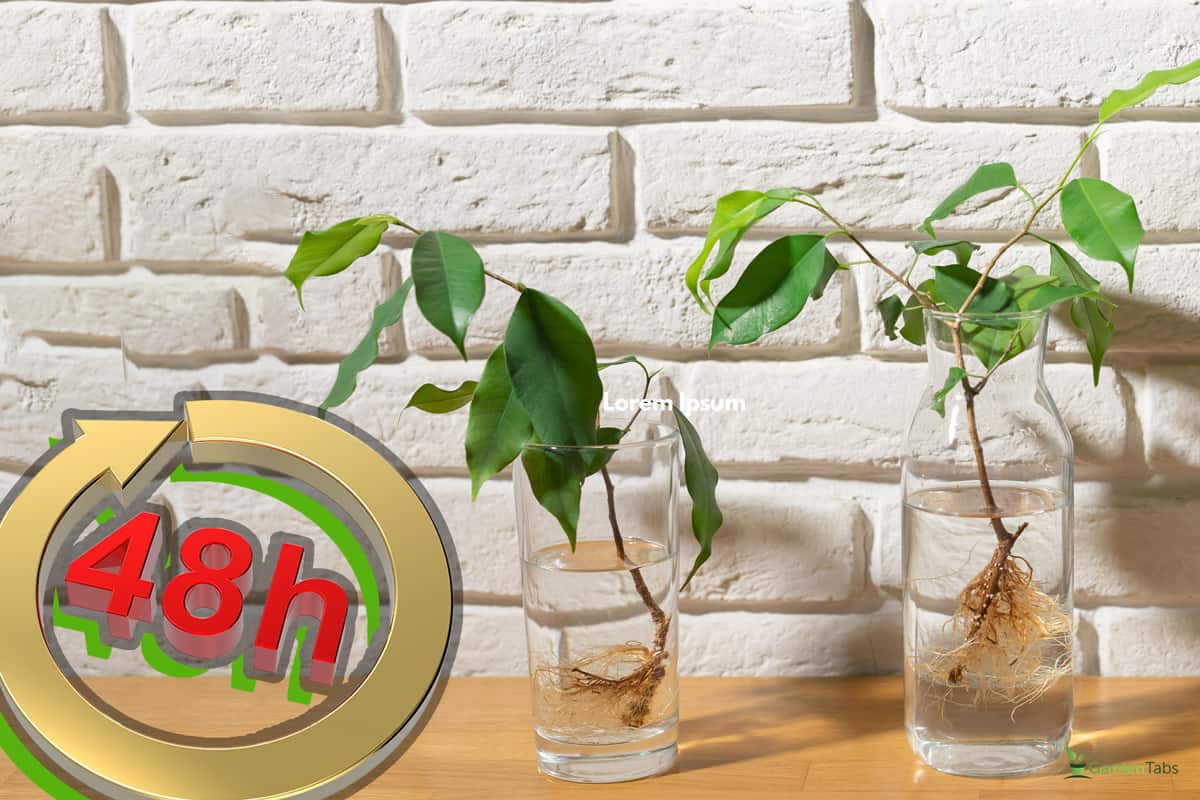
It is advisable to submerge the bottom part of the plant in water for 48 hours to drown vine weevil grubs. Remove the plant from the soil, and do not include the growth part of the plant when you submerge it. The mentioned hours of submerging are not critical enough to damage the plant but enough to kill the grubs. These pests attack potted plants but can also attack those growing in the ground.
What Are Vine Weevil And Grubs?
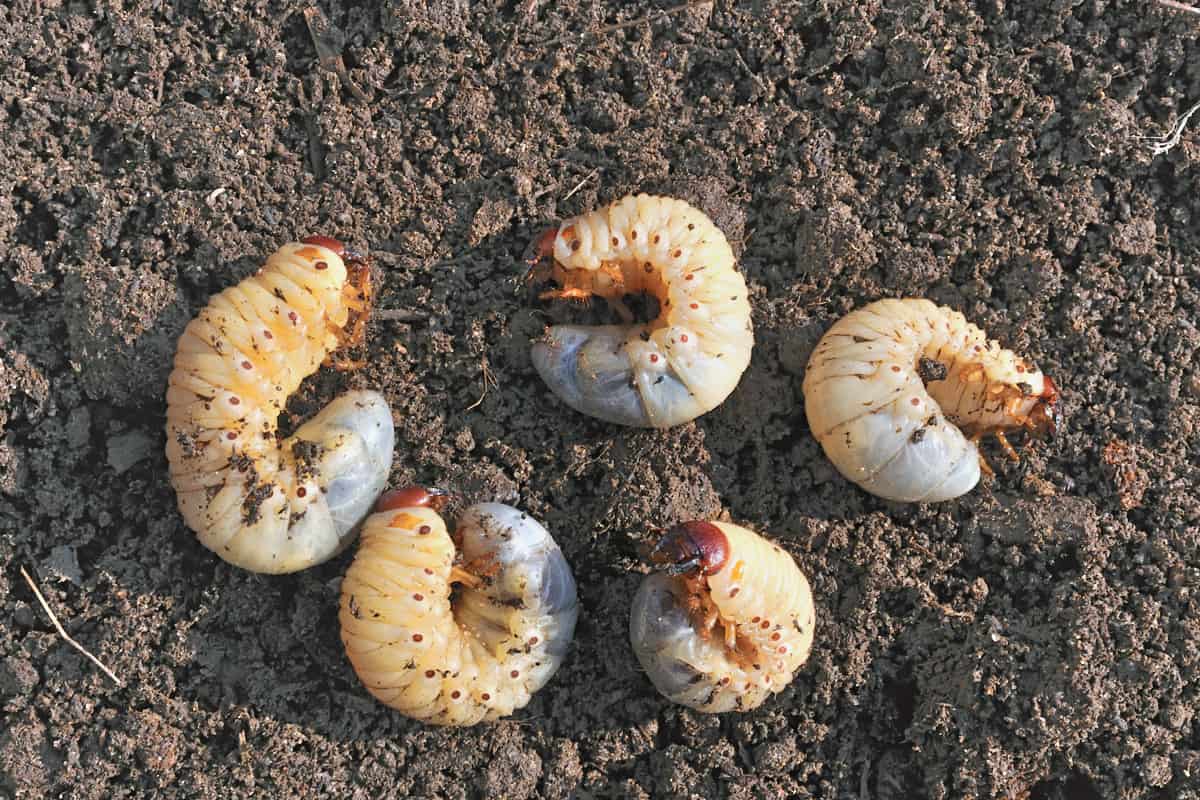
Learning what vine weevils are could help with how to get rid of them and saves you time, money, and effort in getting rid of them. Vine weevils are garden beetles that feed off plants in both stages of their life cycles. The grubs are the larvas that feed off during autumn through early spring, while the adult weevils are active from springtime through late summer.
Vine weevils thrive in the soil around the roots of the plants, while adult vine weevils feed from the leaves, leaving irregular-shaped notches.
The vine weevil larvae feed from the root system, which affects the growth of the plants, the leaves start to wilt, and the plants weaken due to a lack of nutrients. These signs of damage appear from the fall to spring seasons.
Vine weevil grubs are less likely to damage open-ground plants. Still, they can attack plants in garden beds, such as sedum, camelia, bergenia, azalea, fuchsia, hosta, kalmia, lily, peony, rhododendron, strawberries, primula, polyanthus, and young yew plants.
How To Get Rid Of Vine Weevil?
Vine weevils and larvae are harmful to plants and spread quickly, so getting them under control as early as possible is necessary to save your garden. There are several ways to get rid of vine weevils and larvae:
Neem Oil
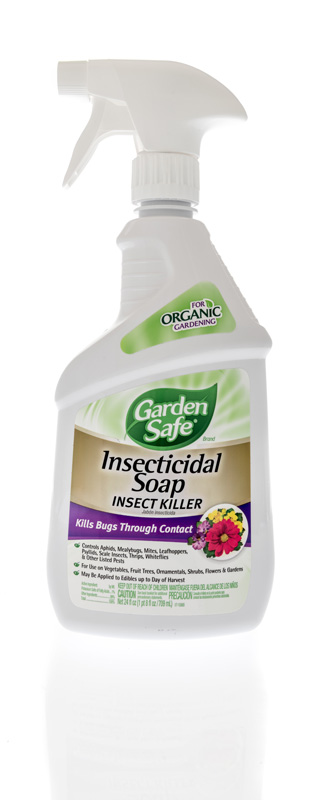
Neem oil is one effective way to kill vine weevils and grubs. The neem oil disrupts grubs' hormones, preventing them from mating, eating, and laying beetle eggs. Apply neem oil when the plant starts flowering in the blooming seasons.
One recommended insecticide is Bonide Neem Oil For Plants, a three-in-one all-natural organic product made from neem seed, ideal for lawns, farms, indoors, and outdoor gardens—keeping the plants healthy and protecting throughout all seasons. It kills eggs and larvas and the adult stages of insects.
Click here to check neem oil insecticide on Amazon.
Nematodes
Nematodes are safe and eco-friendly vine weevil killers and effective in controlling grubs. Here's how to use nematodes:
- Water the soil and moisten it.
- Combine 10 liters of water and nematode pack in a container. Follow the packaging for more information on proper dosing.
- Continue stirring the mixture to avoid setting the nematodes at the bottom.
- Pour the mixture into a watering can or sprayer and evenly spray over the infested area.
- Follow up by watering 1 liter of plain water per square meter to wash away the mixture left on the plants and push down nematodes into the soil.
- Keep the soil moisture for the next four weeks after nematode application.
One example of nematodes is BioLogic Scanmask Beneficial Nematodes, a natural pest control that kills different pests, fungi, fleas, gnats, grubs, and more.
Click here to check nematodes on Amazon.
Soap
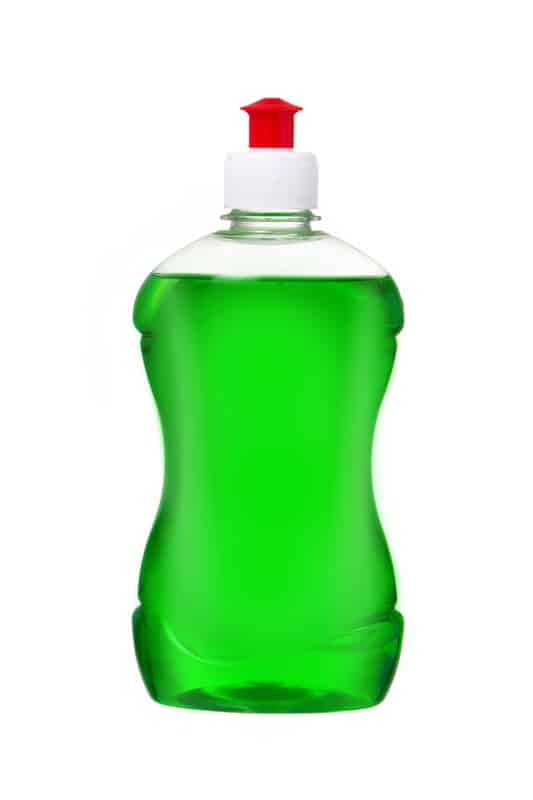
Picking off grubs by hand and dropping them in a bucket of soapy water is an effective way to kill them. A soapy solution made from dish soap mixed in a bucket of water is another way to kill grubs instantly, and the impact lasts up to 24 hours. You can also use boiling water and drop them in for an instant kill.
Natural Predators
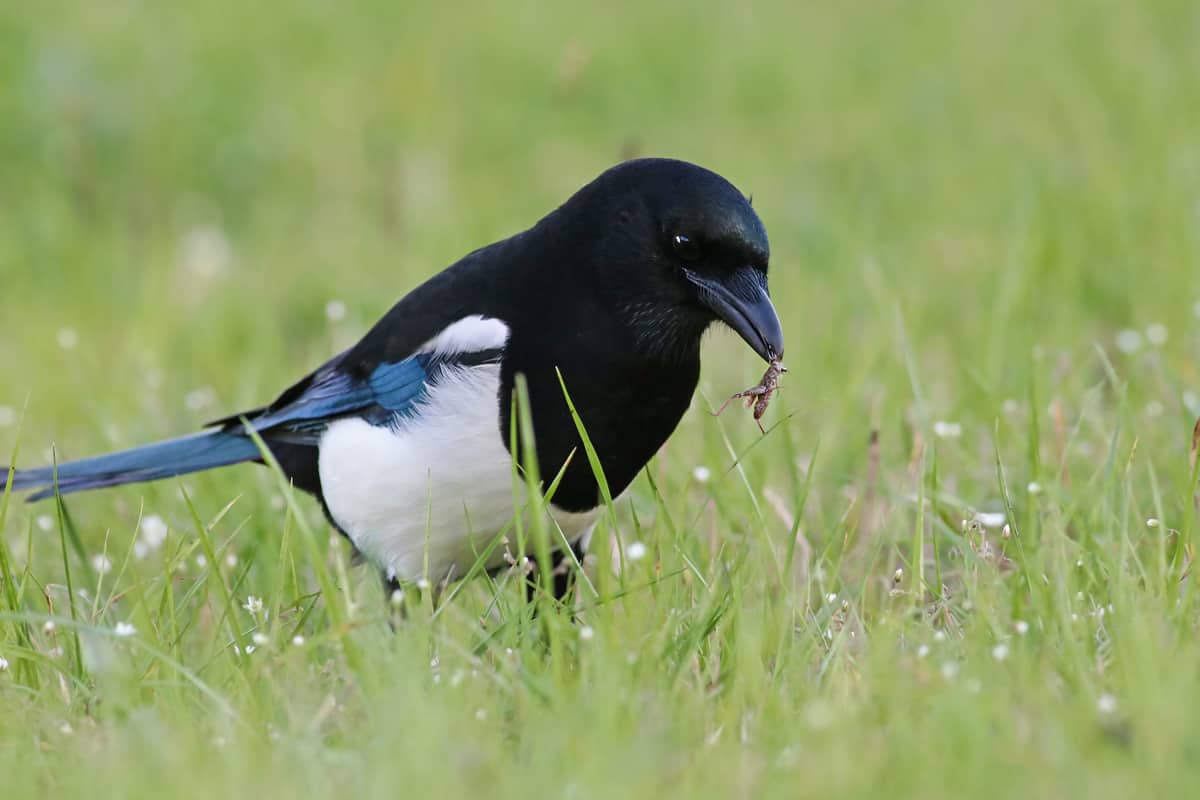
Encouraging natural predators in your garden can help you control vine weevils. Birds, toads, hedgehogs, shrews, and predatory beetles all eat vine weevils.
There are ways to attract predators:
- Grow flowers, native plants, and perennials surrounding your garden that can attract rove beetles and other beneficial insects.
- Create a wildlife pond. A small one will suffice.
- You can plant trees or snags around your garden to attract birds.
- Place rock piles or log piles near your garden.
- Mulch your growing area to create homes for predators that hunt pests.
Insecticidal Soap
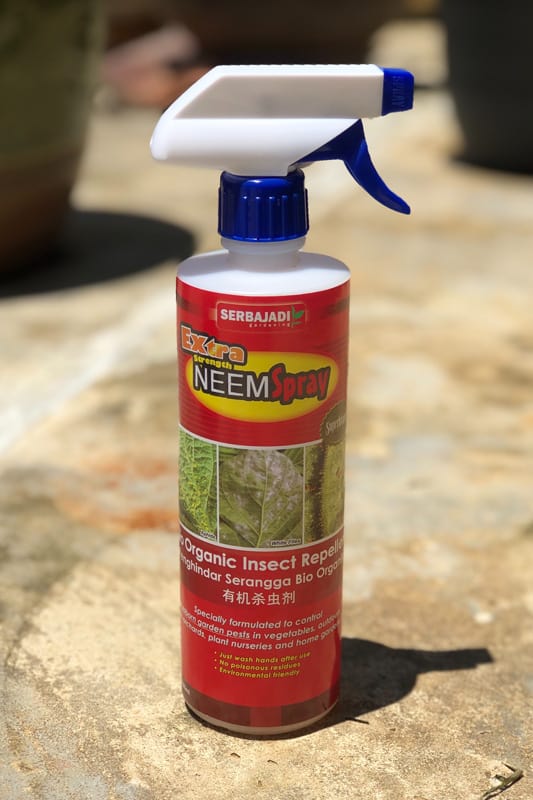
You can buy insecticidal soaps for killing insects, such as aphids, whiteflies, spider mites, weevils, thrips, cricket, and more.
One recommended product is Bonide Captain Jack's Insecticidal Soap, a ready-to-use organic gardening spray for basil, lavender, onions, cabbage, artichoke, apples, plums, lawns, turf, and many more.
Click here to check insecticidal soap on Amazon.
Repellant Plants
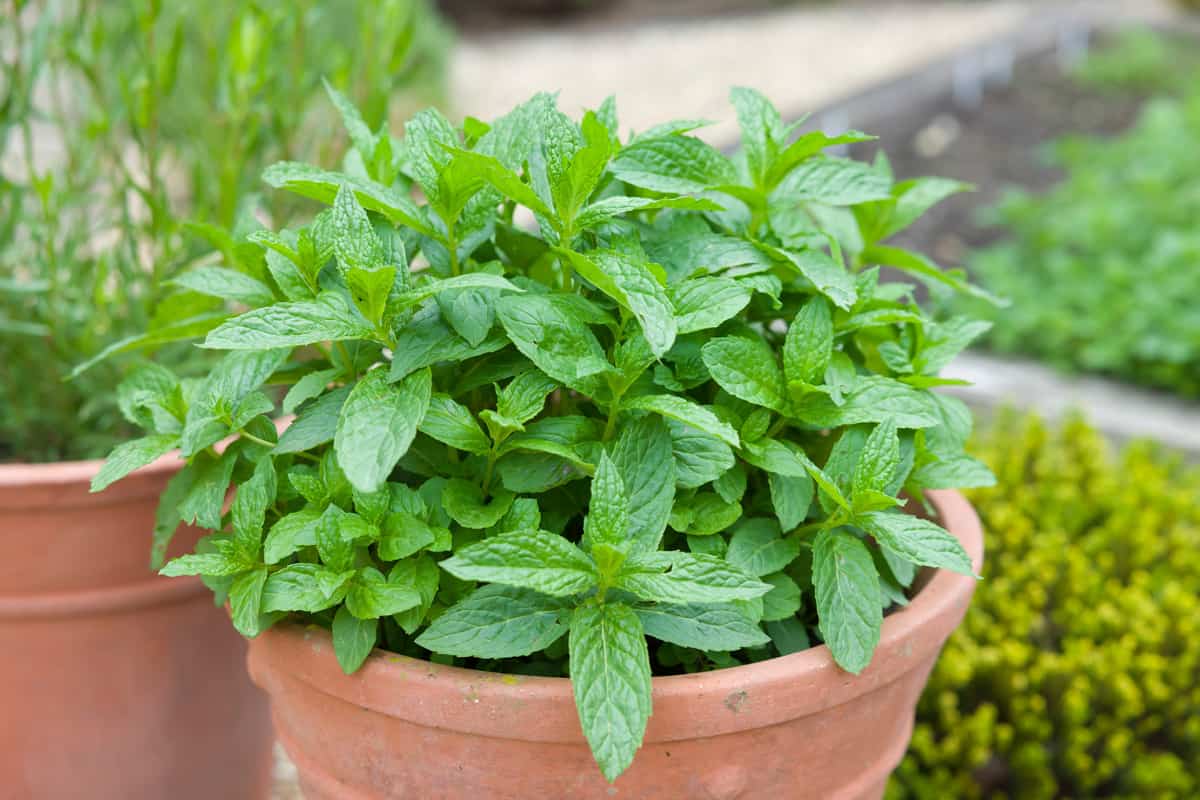
Vine weevils are not fond of onions, bay leaves, mint, and catnip. Grow these plants around your crops for infestation control.
Sticky Barriers

Placing sticky traps at the base of the plant is an excellent barrier to controlling adult vine weevils. Although a sticky trap may not help trap grubs, removing the adult pests is already a big help in controlling the infestation. These traps also help prevent weevils from moving from one plant to another.
Carnivorous Plant
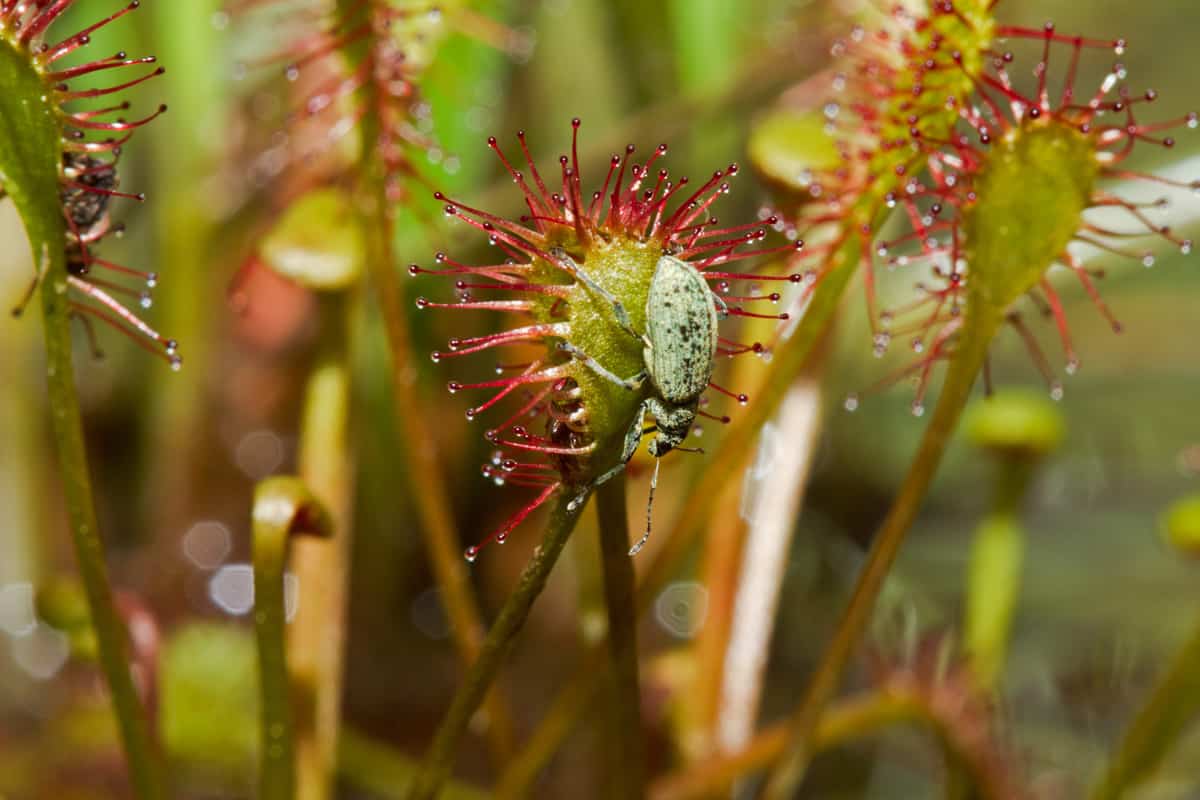
Carnivorous plants like sundews trap insects through the nectar on their leaves. The insects get stuck, and their tissues soften up for sundew to absorb the insect.
You can grow carnivorous plants around your garden to help you control insects. A trapped weevil on an oblong-leaf sundew's sticky nectar is in the photo.
Imidacloprid
Imidacloprid is effective in killing adult vine weevils and grubs. Apply the solution with water directly into the soil around the plant base until it drenches. Follow the product label for instructions on how to use Imidacloprid.
Mineiro Imidacloprid Systematic Insecticide is a grab and insect control ideal for lawns and landscape use. This product prevents the grubs from feeding and reproducing adult weevils.
Note that use of this product is restricted in California, Hawaii, and Alaska.
Click here to check Imidacloprid on Amazon.
BioCeres WP
BioCeres WP is a mycoinsecticide excellent for the prevention of soft-bodied insects. The formulation attacks the outer shell of the target insects and infects them. The spores breach the protective barrier of the insects' cuticles and multiply until it reaches the pests' blood. The infected insects die from 7 to 14 days.
Mycotrol
Mycotrol is a natural pest control with live fungal spores that fight all life stages of soft-bodied insects yet are safe for most beneficial ones.
Bioworks Mycotrol has a superior quality that provides exceptional insect control. This product is cost-effective and can be used on the day of harvest.
Click here to check Mycotrol on Amazon.
Peppermint Oil
Peppermint oil and other essential oils such as lavender, eucalyptus, and orange work as insect repellants and are non-toxic to humans.
Mint plants have a pungent odor that bugs don't like. You can purchase a peppermint insecticide or make your repellent spray if you have mint growing in your garden or essential oil.
Steps in making repellant spray using peppermint oil:
- Fill the spray bottle with water.
- Mix ten drops of peppermint oil.
- Blend it well and carefully spray it on plants.
If you prefer to purchase peppermint oil spray, Mighty Mint is a natural spray for spiders, ants, and more. It is non-toxic for your family and pets.
Click here to check peppermint insecticide on Amazon.
Conclusion
It is possible to drown vine weevil grubs to get rid of them within 48 hours, and it will not damage the plant. We also discussed other options on how to deal with these troublesome insects. Learning these options save you time and effort in dealing with vine weevils and larvae to keep your plants healthy.
For more gardening tips, you may visit these posts and read them:




